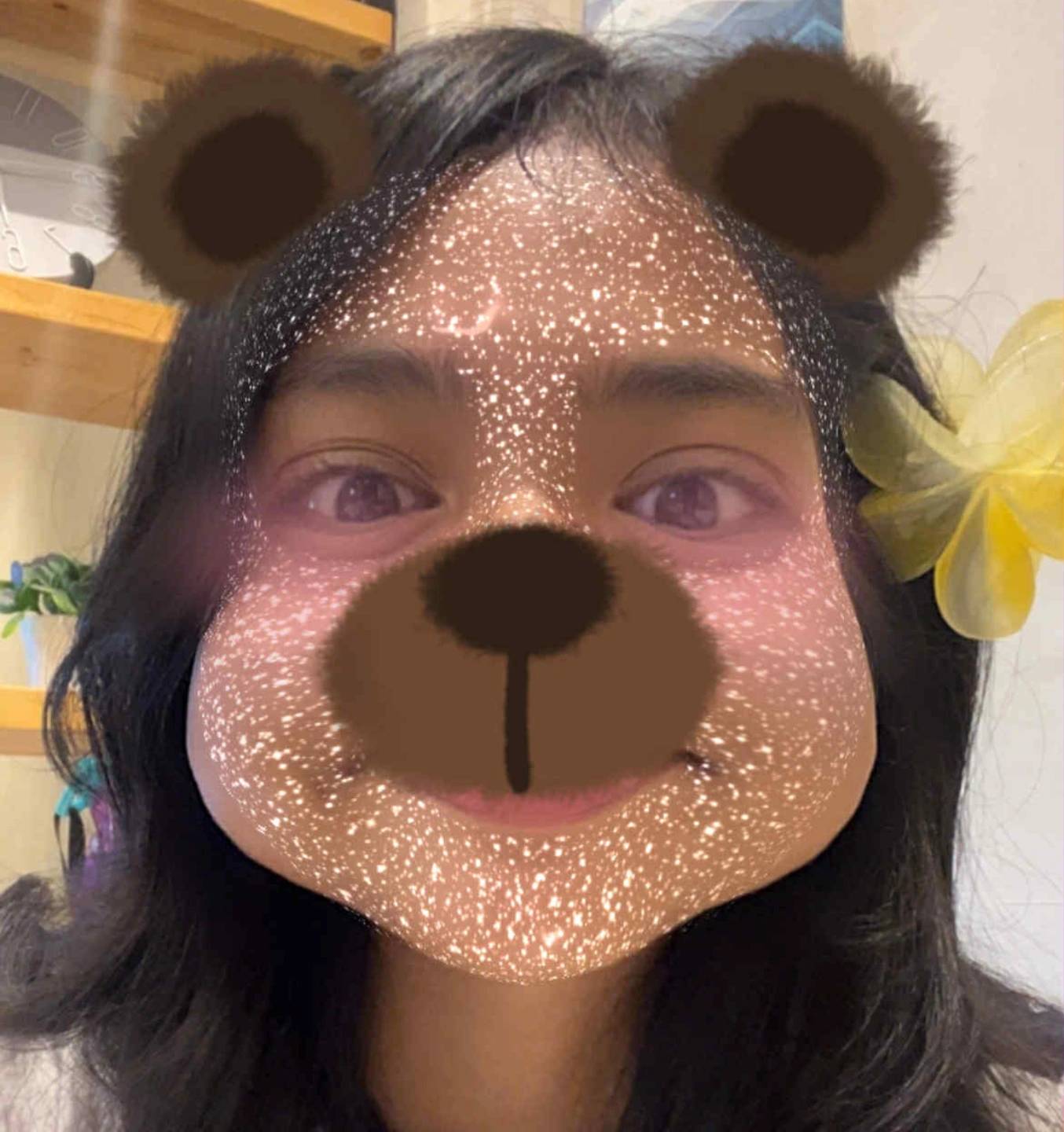ST: Music & Arts
Cards (81)
- What is the primary focus of Japanese music?
- How did Japan's isolation affect its music?
- What is the nature of traditional Japanese music?
- In what contexts is traditional Japanese music often used?
- What are the two main types of percussion instruments in Japanese music?
- What is the role of Odaiko in Japanese festivals?
- What are the two sizes of Tsuzumi drums?
- How is the Kotsuzumi drum tuned?
- What is the historical significance of ancient Chinese music?
- What are the main categories of traditional Chinese musical instruments?
- What is the Yueqin?
- What is the Pipa?
- What is the Erhu?
- What is the Zheng?
- What does Yunluo mean?
- What is the Sheng?
- What is the Dizi?
- What is the significance of Taiko in Japanese culture?
- What is the Koto?
- What is the Shamisen?
- What is the Biwa?
- What is the Shakuhachi?
- What is the Nokan?
- What are the two main modes in Japanese music?
- What does Sakura symbolize?
- What is Arirang?
- What is the significance of the Changgo/Janggu in Korean music?
- What are the main themes in East Asian paintings?
- What is the historical significance of Eastern painting?
- What materials are commonly used in East Asian calligraphy?
- What is the purpose of face painting in Peking opera?
- What is Kabuki makeup known for?
- How does Kabuki makeup contribute to the audience's experience?
- What is the significance of the Ryūteki in Gagaku music?
- What is the role of the Sho in Japanese music?
- What is the main characteristic of Chinese vocal music?
- What scale is primarily used in Chinese music?
- What is Mo Li Hua about?
- What are the main genres of Korean traditional music?
- What is the Kayagum?
